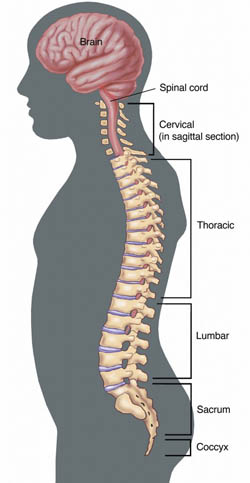 A COPPER compound that’s been known for decades may form the basis for a therapy for motor neurone disease.
A COPPER compound that’s been known for decades may form the basis for a therapy for motor neurone disease.
In a new study published in the Journal of Neuroscience, scientists from the UK, Australia, and the United States showed in laboratory animal tests that oral intake of the compound significantly extended the lifespan and improved the locomotor function of mice.
In humans, no therapy for MND (known as ALS in the US) has ever been discovered that could extend lifespan more than a few additional months.
Researchers in the Linus Pauling Institute at Oregon State University say this new approach has the potential to change that, and may have value against Parkinson’s disease as well.
“We believe that with further improvements, and following necessary human clinical trials for safety and efficacy, this could provide a valuable new therapy for ALS and perhaps Parkinson’s disease,” said Joseph Beckman, a distinguished professor of biochemistry and biophysics in the OSU College of Science.
Motor neurone disease was first identified as a progressive and fatal neurodegenerative disease in the late 1800s and gained international recognition in 1939 when it was diagnosed in American baseball legend Lou Gehrig.
It’s known to be caused by motor neurons in the spinal cord deteriorating and dying, and has been traced to mutations in copper or zinc superoxide dismutase.
“The damage from ALS is happening primarily in the spinal cord and that’s also one of the most difficult places in the body to absorb copper,” Professor Beckman said.
“Copper itself is necessary but can be toxic, so its levels are tightly controlled in the body. The therapy we’re working toward delivers copper selectively into the cells in the spinal cord that actually need it. Otherwise, the compound keeps copper inert.
“This is a safe way to deliver a micronutrient like copper exactly where it is needed,” Professor Beckman said.
The procedure has already extended the lifespan of affected mice by 26 per cent.
Other collaborators on the research include OSU, the University of Melbourne, University of Technology/Sydney, Deakin University, the Australian National University, and the University of Leeds.

